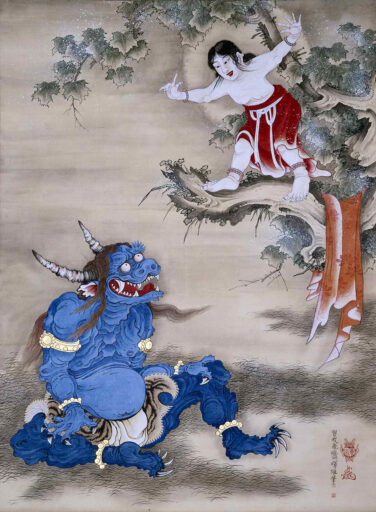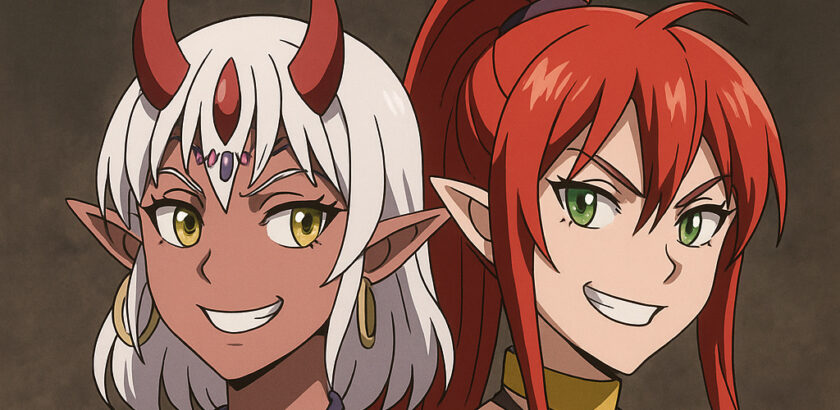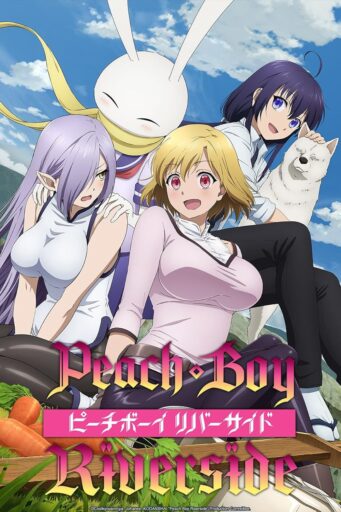The present popularity of Netflix’s K-Pop Demon Hunters raises a vital question for concerned parents: What’s with all this demon hunting stuff anyway? The very mention of demons should give us pause, not because we don’t believe in them, but because there is a legitimate fear that we will cease to take them seriously. By sanitizing demons, might we leave our kids vulnerable to their ceaseless clandestine temptations?
Being a theologian does not make it much easier to make the hard decisions about what kids should or should not watch. Every pair of parents must find the right balance for their own comfort and the guidance of their children. Over-censorship risks promoting a superstitious distrust of culture, which can leave kids open to being blindsided by it when they reach the freedom of adulthood. Under-censorship risks leaving kids at the mercy of the ebb and flow of culture with its prejudices, misperceptions, and sin-promoting fads.
You should make up your own mind, but here’s my take on anime demons, which may or may not be useful in your own situation. I decided that K-Pop Demon Hunters was acceptable enough that I would watch it alongside my 14 year old. Its depiction of demons is not as problematic as some shows, but it’s not ideal either.

The problem is that most of the time anime demons are a conflation of Japanese oni and western fallen angels. Why? For the simple and sad reason that both tend to be depicted with horns. Oni, however, are not always pure evil. They are really just a kind of monster, hence they are sometimes referred to as ogres—a better moniker overall. Sometimes they are known for terrorizing humans, but at other times they can act much like humans themselves, with both good and evil possibilities. The closest Korean equivalents are dokkaebi, which are even more tricksterlike (akin to Scandinavian elves) than simply evil.
Conflating these eastern beings with demons leads to false depictions of demons as essentially neutral, changeable beings. Anime can have good demons. A relatively benign example of this is in the anime Headhunted to Another World, where an ordinary Japanese businessman is summoned to help run the day-to-day operations of a demon kingdom. In worse cases, the potential for evil demons to become good allies can give the false impression that real demons can be anything other than our deepest enemies.
K-Pop Demon Hunters illustrates just how complex this terminological mix-up can be. The “demons” in the story are not fully supernatural beings but rather are humans who—by an ill twist of fate—have become enslaved by an evil entity. They steal the souls of regular humans not because they need them but because their evil master requires it. This makes hunting such demons actually seem rather cruel, and it sets up a clear narrative where the hunters and the demons learn to get along. This is perhaps wholesome from a relational perspective, but very dangerous from a moral, spiritual angle.
So what’s the verdict? Honestly, the more evil the depiction of demons, the less problematic it is! Anime demons are more problematic if they are really human or can change from good to evil. Also, the more they are depicted with western style and the more spiritual their danger (e.g. stealing souls), the worse, since this contributes to the category confusion. K-Pop Demon Hunters does not look good on this scale. In the end, I let my teenager watch it not because it was good, but because I felt that she was old enough to be able to differentiate between real demons and TV demons. However, I can certainly see why some parents might want to ban the movie altogether.
If only the translators would always do us the favor of rendering oni as “ogre,” that would help the situation immensely.

